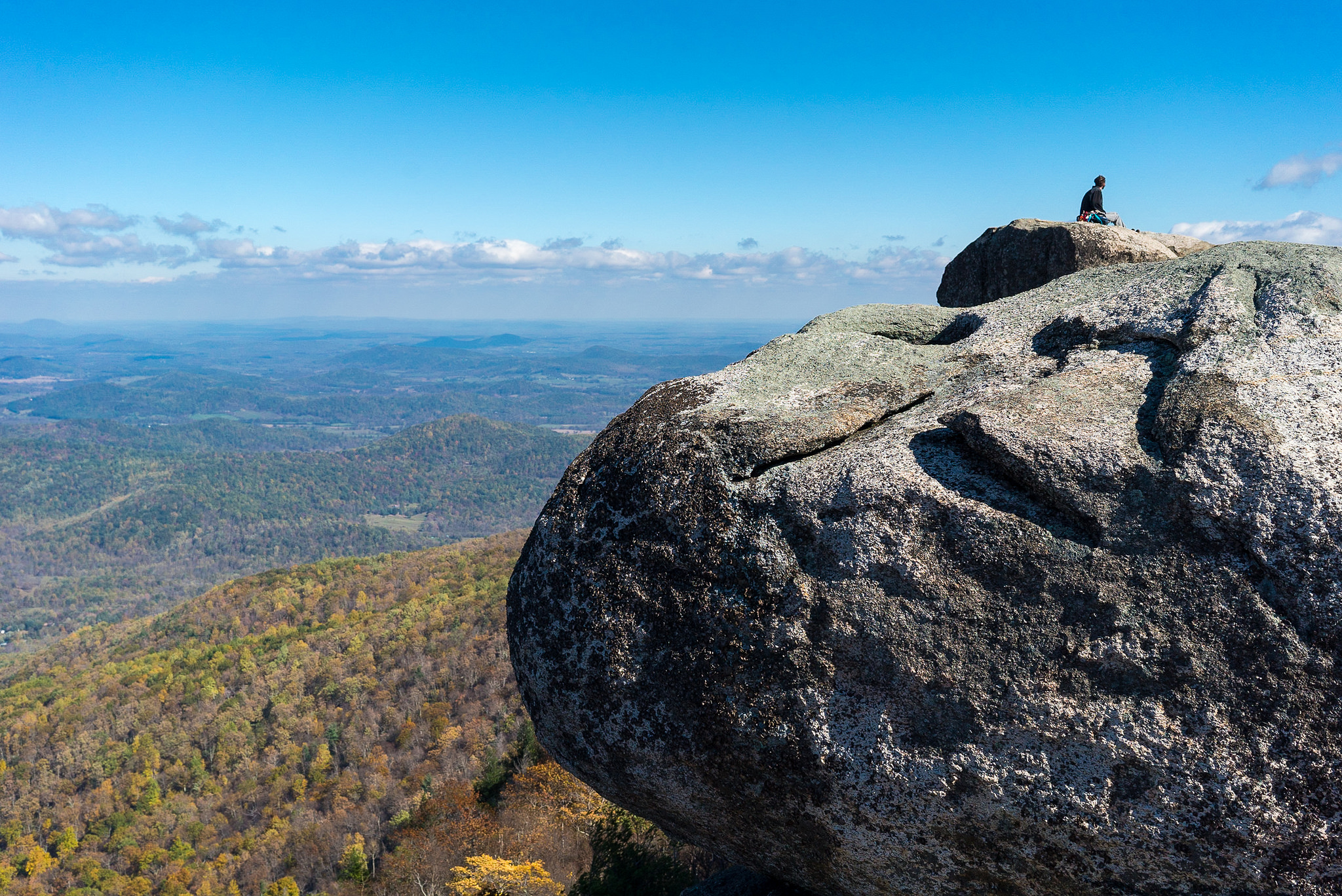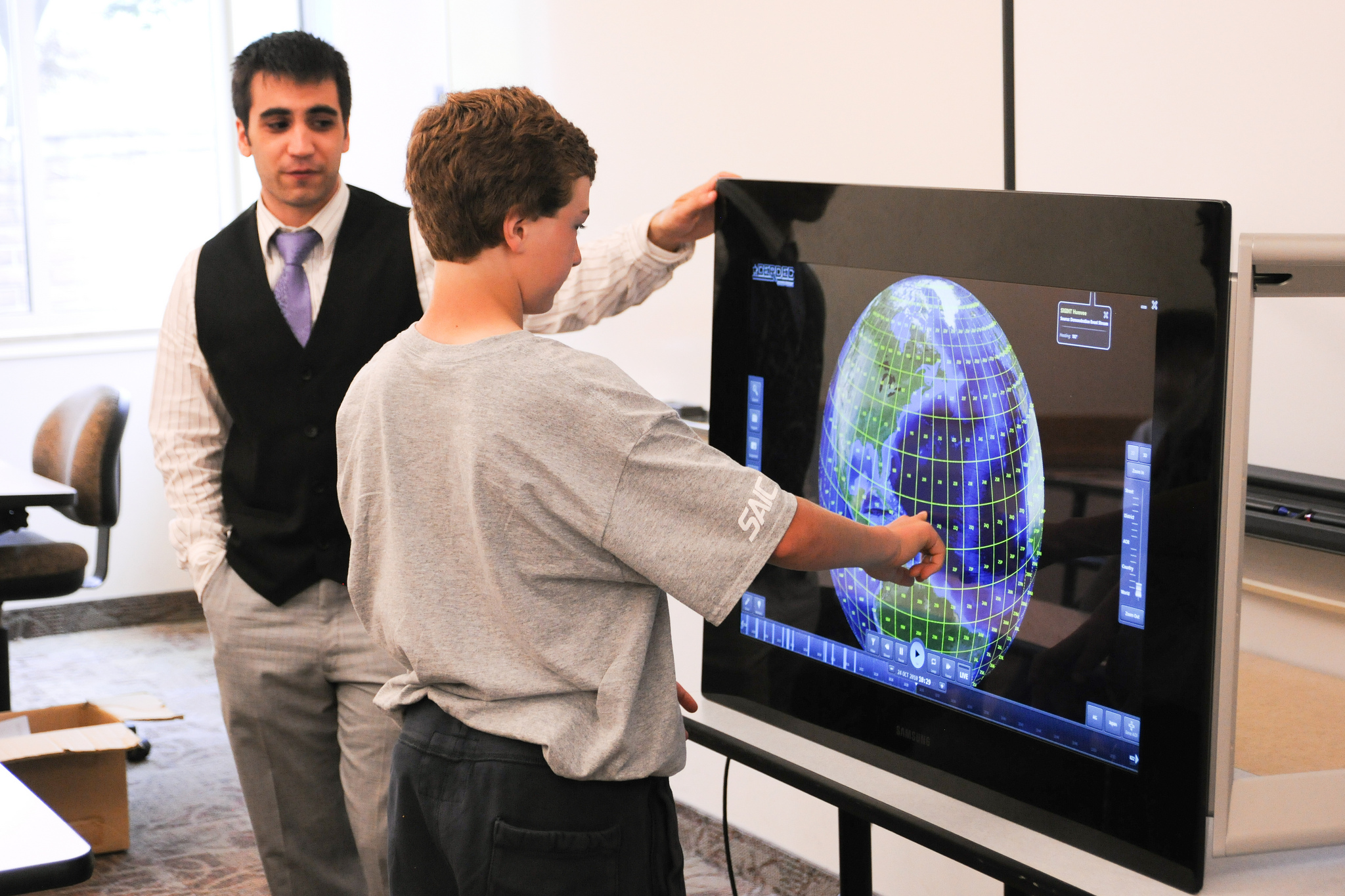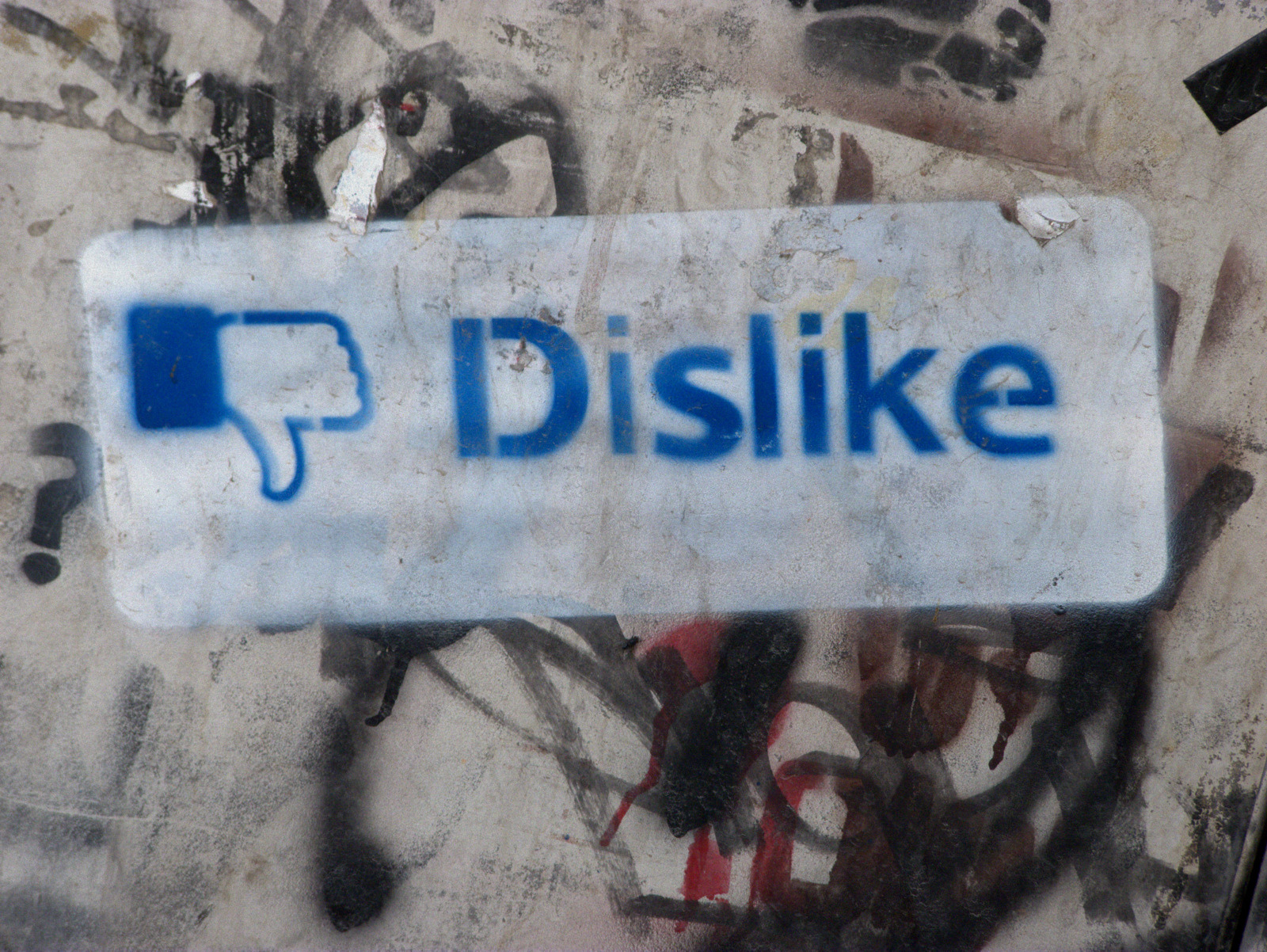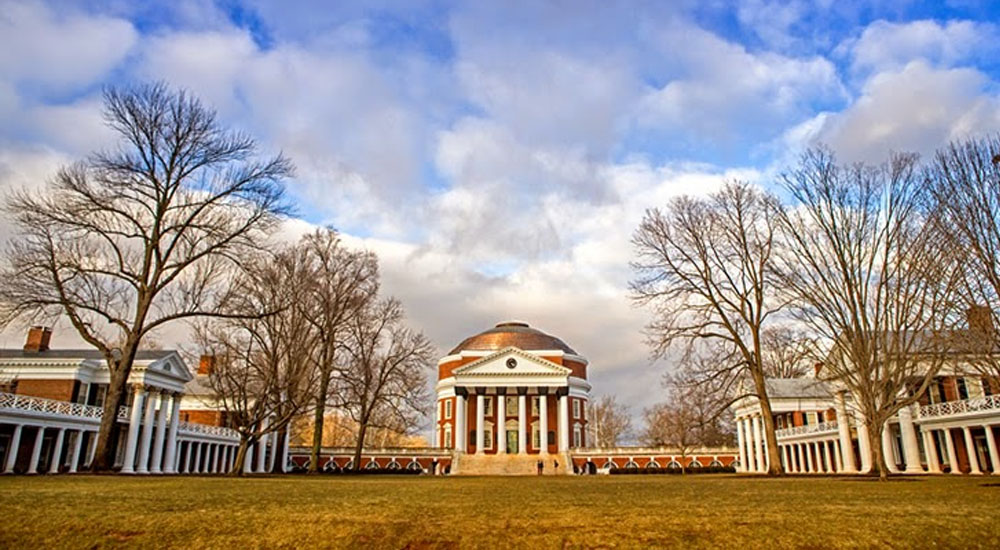While many may think of Virginia’s most lucrative industries being solely in the farming, shipbuilding, and information technology sectors, people often forget about the large sum of money made in the Commonwealth from tourism – an industry that brought in $25 billion in 2017. This means that Virginia is not only for lovers, but for spenders as well, with elected officials looking for ways to increase the Commonwealth’s burgeoning industry even more in the coming years.
In an economic impact statement from the Virginia Tourism Corporation, which analyzes compiled data from last year’s effects of domestic of travel on localities, it was found that tourism increased by 4.4 percent over the previous year, with domestic travelers spending $68 million per day on average.
There are roughly 232,000 workers supporting the state’s tourism industry, now making it Virginia’s fifth largest employer.
As for the state itself profiting off a good tourism year, the industry brought in $3.4 billion in tax revenue for federal, state, and local governments in 2017, up 3.3 percent from 2016.
The Northern Virginia region was the area that saw the largest portion of tourism-related expenditures. The report notes that Arlington County received nearly $3.3 billion in domestic travel expenditures, leading all of Virginia’s 133 counties and independent cities. Fairfax County followed in a close second with $3.2 billion, and Loudoun County ranked third with $1.8 billion.
By industry, the percentages of domestic travel expenditures in Virginia were:
Food service: 30 percent
Auto transportation: 20.1 percent
Lodging: 19.9 percent
Public transportation: 13.1 percent
General retail trade: 9.4 percent
Entertainment and recreation: 7.5 percent
For this year’s figures, it will will be interesting to see what effects the federal tax overhaul has on one of Virginia’s lesser-touted industries. As people can now keep more of their money and businesses delving out bonuses to employees, that new money may make its way to Virginia. As such a unique state, boasting diverse geography, food, retail, and dozens of other aspects in big cities and small towns, there is no wonder that it is a big part of the economy.





